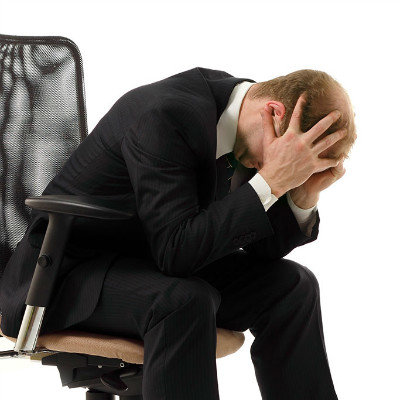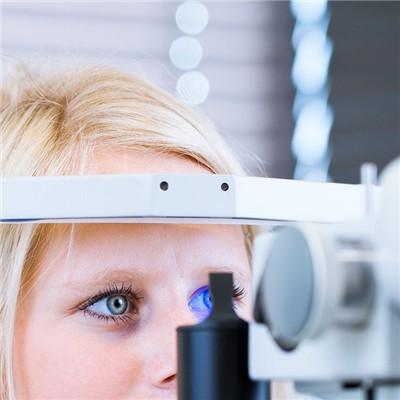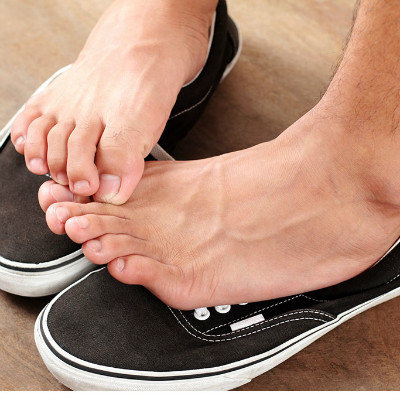How to prevent cervical spondylosis among office workers
summary
Cervical spondylosis, also known as cervical syndrome, is the general name of cervical osteoarthritis, proliferative cervical spondylitis, cervical nerve root syndrome and cervical disc prolapse. It is a disease based on degenerative pathological changes. Mainly due to long-term cervical strain, bone hyperplasia, or intervertebral disc prolapse, ligament thickening, resulting in cervical spinal cord, nerve root or vertebral artery compression, a series of dysfunction of clinical syndrome. Long time work has great damage to cervical spine, so how should office people prevent cervical spondylosis? Let's have a look.
How to prevent cervical spondylosis among office workers
1. Patients with cervical spondylosis are caused by long-term ambush and bad posture and posture. Gymnastics can correct bad work habits, improve head and neck function and balance muscle strength on both sides of neck, shoulder and back. In addition, do more exercise, including office yoga.
2. Practical and effective exercise gymnastics for cervical spondylosis: stand upright, look left and right, bend forward and backward, bend neck laterally, stretch forward to explore the sea, look back at the moon, neck competition, crane to explore the head, Golden Lion shaking his head and self traction. These gymnastic movements are really effective in the treatment of cervical spondylosis.
3. In the acute stage of symptoms, local rest should be taken, and exercise stimulation should not be increased. When there are obvious or progressive symptoms of spinal cord compression, it is forbidden to move, especially the cervical spine backward movement. When cervical spondylosis of vertebral artery type occurs, the neck rotation should be gentle and slow, and the amplitude should be controlled properly.
matters needing attention
Attention should be paid to cervical spondylosis: warm and hot compress can improve blood circulation, relieve muscle spasm, eliminate swelling and relieve symptoms, which is helpful to stabilize the affected vertebrae after manual treatment. Warm compress is not suitable for patients with severe pain in acute stage.













